Pilates: The Whole Body Exercise
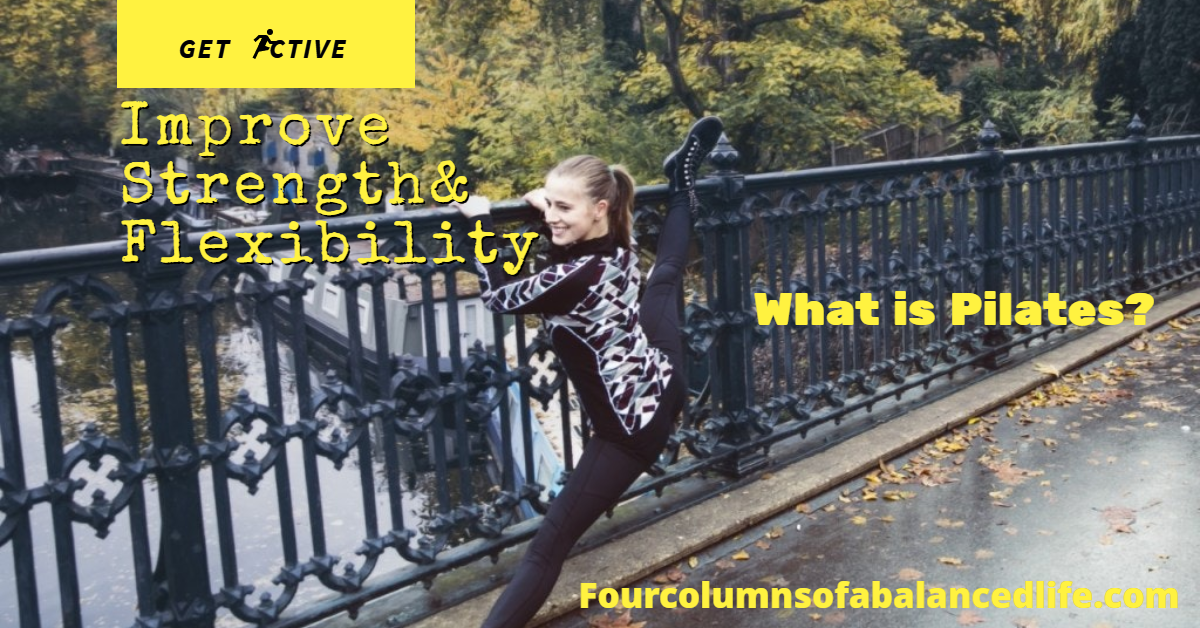
Kat grew up in the luscious green hills of rural Switzerland with her parents, cat, and thirty chickens. Nature is important to her. After university, She wanted to pursue her passion for dance so she moved to Geneva and then New York. However, the ballet world is an unforgiving and all-encompassing passion. As a result, she decided to pursue something more varied. She started to train as a Pilates instructor, in the hopes that this career would lead to a more balanced life with time to spend outside, with friends and family. Three years later, she now lives in London, blogs at A Chat With Kat and has built up a thriving Pilates and German teaching business. As a blogger, I have covered many topics but not pilates. Kat talks to me about life in London, Switzerland, fitness, what is pilates and yoga versus pilates.
Kat, introduce yourself in three sentences?
Hi there, I’m Kat and I like to learn – my favorite topics are fitness, finance, and nature. I grew up in Switzerland but live in London now, teaching German, English, and Pilates to the locals. As a child, I wanted to be either a soccer star or a ballerina, and the latter almost came true.
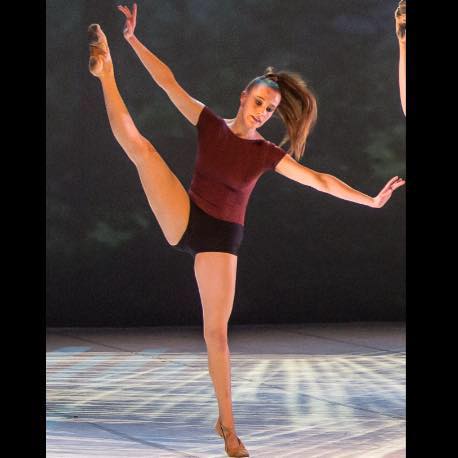
Talk to me about Pilates and how it can help us?
Pilates is a form of exercise that seeks to create balance in the body. It’s focused on improving both strength and flexibility and works from the core outwards. While a lot of the exercises focus on the stomach muscles and improving stability, a Pilates class is a whole-body workout that can be adapted to different people’s needs. In my practice, I’ve seen clients from 8-87 with varied conditions such as hypermobility, shoulder impingements, and hip replacements. People usually come to Pilates with a problem, but they stay at it because it’s a great form of whole-body exercise.
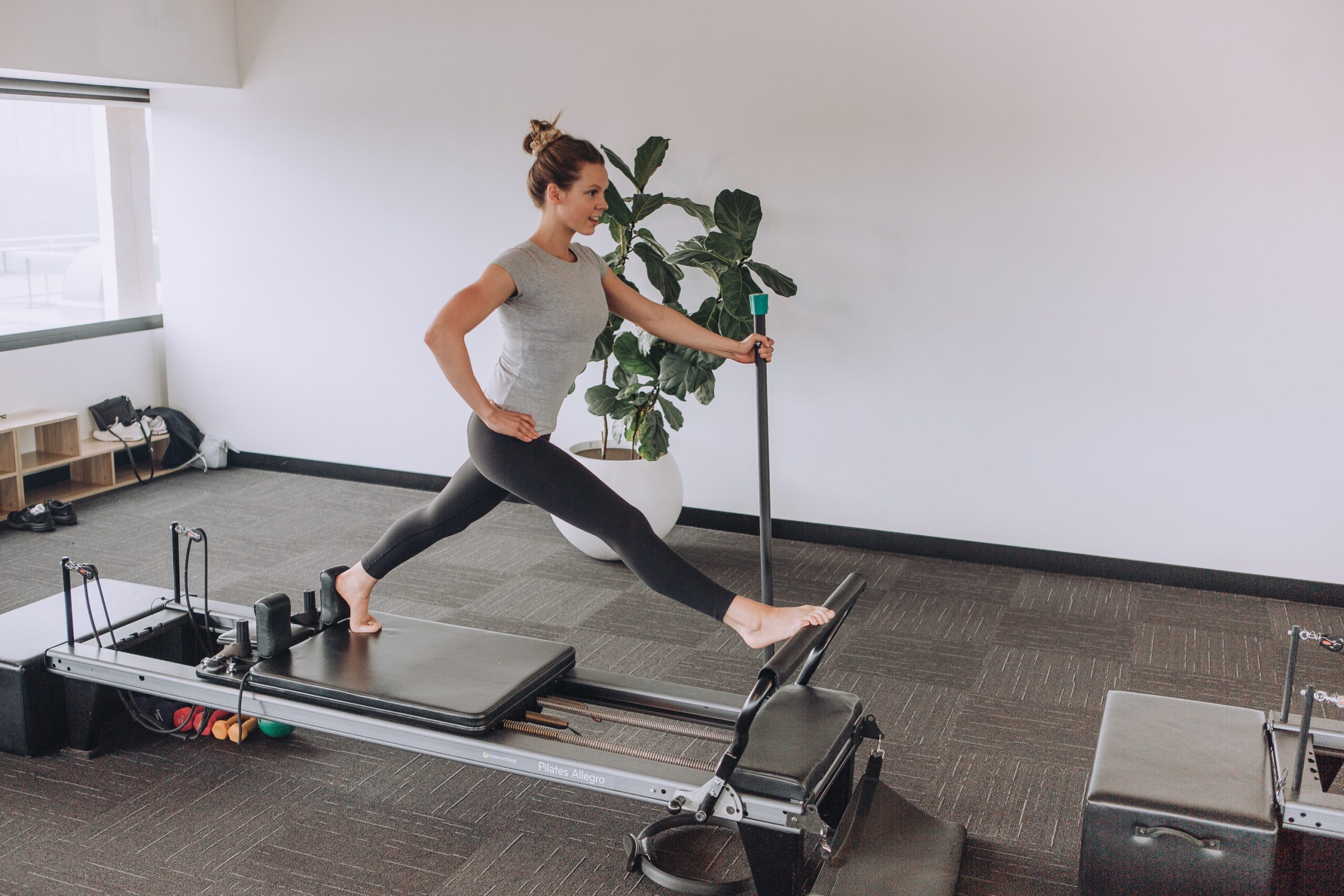
Is there anything common between Pilates and yoga?
Yes, they do have similarities. But while yoga is quite open and there are many different methods, Pilates is structured with set exercises. Each exercise has modifications to make it easier or harder, so everyone can benefit from it. Pilates is designed to strengthen and lengthen your body and has two main functions:
- If you’re injured, it helps you to get better.
- If you’re well, it helps you to do your regular activities better and more easily.
In contrast, yoga is often more focused on the spiritual aspect of wellbeing and on stretching.
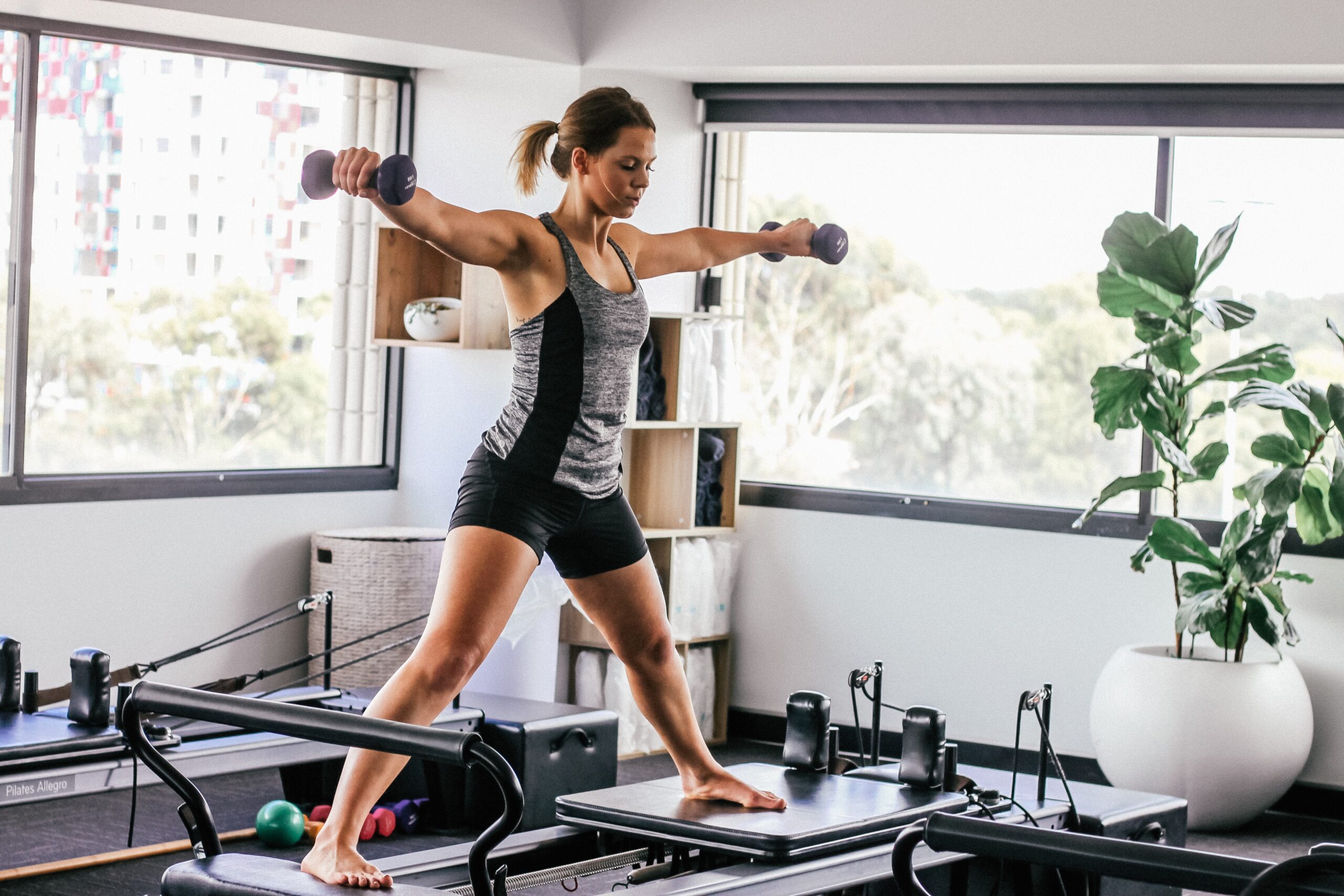
My daughter is 16 and has been dancing ballet, contemporary, and acro since the age of 5. How can working out, stretching and Pilates help her be in optimum condition?
Once they reach a certain level, all dancers take Pilates classes for two reasons. Firstly, many are very flexible and need a system to strengthen their muscles in those extreme positions. Secondly, performances often focus on the stronger side of the body. Pilates class is very balanced, so the weak side can ‘catch up’. In this sense, it is an injury prevention program for dancers and other athletes.
If your daughter is hypermobile – her muscles and joints are very loose – then the type of strengthening we do in Pilates is crucial. Young dancers often focus on the shapes they can create: how high can their legs go? How far can their backbend? But if these movements are unsupported, they can cause injuries later on. Pilates helps to keep the range of motion safe.
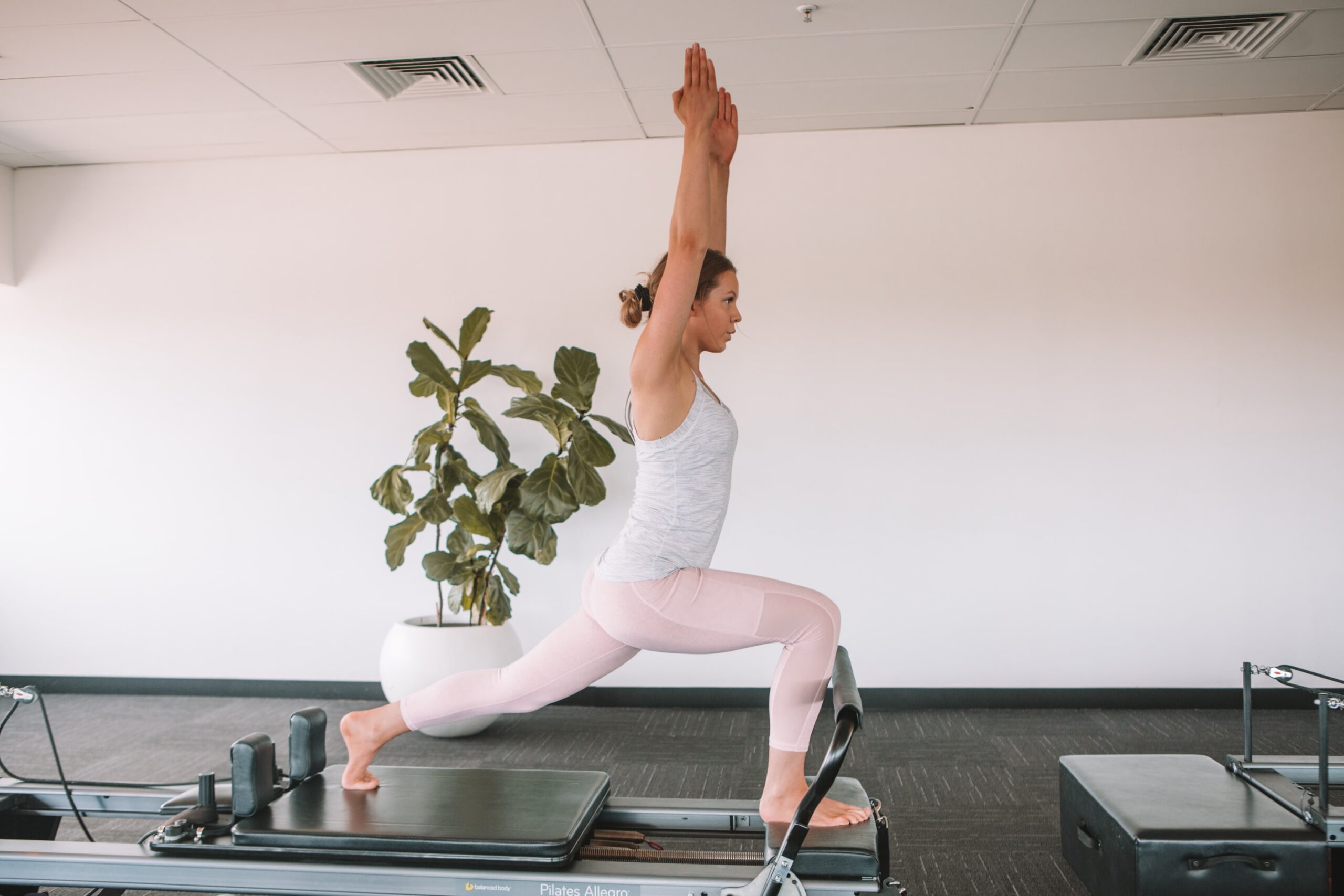
Talk to me about Swiss culture and how to navigate it?
Here’s a story that illustrates it:
My mom was talking to a local friend. “Oh, it’s absolutely terrible. My daughter has moved away. Far, far away,” the friend complained.
“Where did she go?” my mom asked.
“Geneva!” The lady gesticulated wildly, eyes wide. “It takes an hour by train!”
My mom laughed. “My daughter lives in London!”
Everyone who’s been to Switzerland knows that it is a beautiful country. It’s green, clean, and wealthy. But it’s also very small and the culture reflects this. Most citizens live in the same area their whole life and can barely imagine moving to a different city, let alone the country. Life in Switzerland is comfortable and regulated, why would anyone leave?
So, why did you leave?
Ever since attending the International School, I’ve been fascinated by the different cultures and mentalities of my peers and teachers. I craved adventure. That’s why I decided to first move to New York, then to London. I might return to Switzerland eventually, but for now, I am enjoying my adopted home.
Talk to me about going to a private school in Switzerland?
It was a colorful whirlwind of different people and experiences. Some children were driven to school by a chauffeur every day, others lived in an ambassador’s mansion and still, others had a private tutor who followed them to every class and took notes for them. It was a different world to my rural upbringing. While I found some friends for life there, the teachers were even more impactful. They came from all over the world and brought many stories from their faraway homes to class. It opened up a new world to me. I’ll always be grateful to my parents for allowing me to attend such a high-quality school.
Help me understand London, the food scene, and some amazing restaurants?
One of the best things about London is the diversity. My friends here come from Bulgaria, South Africa, Jamaica, Ireland, and Canada. I love spending time with people from different backgrounds and discovering their culture and heritage.
Some cultural highlights here in London are the independent cinema Peckhamplex, where you can see great movies and eat retro candy at very reasonable prices, Mildred’s, an amazing vegetarian restaurant, and Borough Market, which has a great range of independent food stalls right in the heart of London.
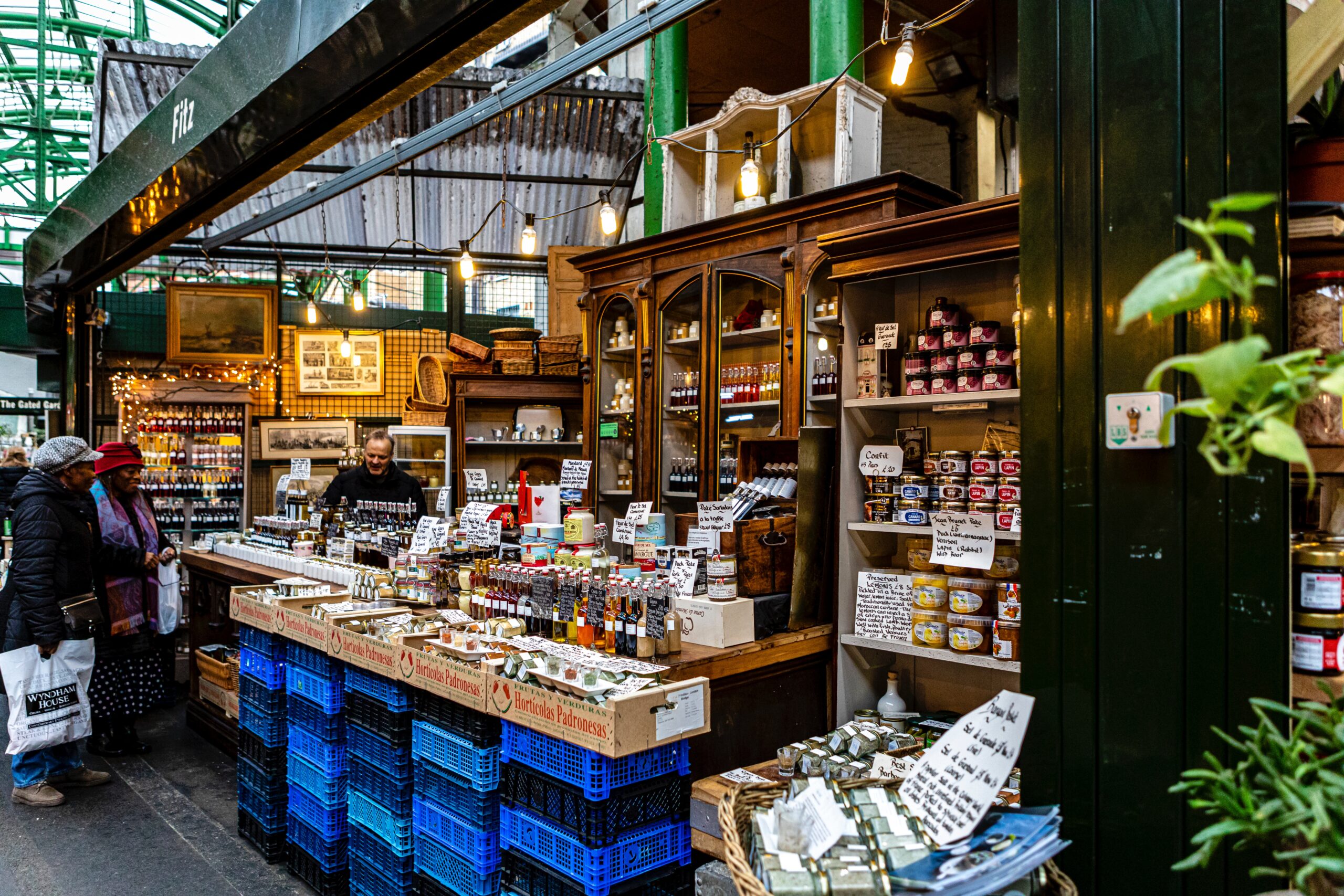
What is your London neighborhood like and what can you do there?
I live in southeast London, which is traditionally a less desirable neighborhood. Although it’s rough around the edges, I have found so much to love here. My Top 3 are:
- Great free libraries that you can join and interact with. They also run events and social clubs.
- The Waterlink Way runs from the center of London all the way to the beach about 40 miles away. Walking along it surrounded by trees, shrubs, and the river, you can easily forget you’re in the third largest European city.
- Voluntary Services Lewisham runs a program where you can be paired up with a lonely person for Check-in and Chat sessions. I’ve developed the most wonderful friendship with an elderly Irishwoman as a result of this.
Talk to me about the Financial Independence movement and why you joined it?
Imagine you never had to work again. What would you do with your life and time?
That’s the basis FI. People pursuing it try to save up and invest enough so that we never have to work for money again. I got interested in the movement because of my self-employed status. At the beginning of my career, I was worried about consistently earning enough to survive. However, as my client base started to increase, questions of ‘What if I can’t earn enough this month?’ soon turned into ‘What would happen if this was never a concern again? How much happier would I be?’
I started saving my excess income instead of spending it. First, I saved up an emergency fund, then I began to invest in the long-term. I’m hoping to reach my FI number in 9 years’ time.
And what happens then? What will you do?
I’m really passionate about my work, so I’ll likely continue teaching three days a week. I’ll also have time to work on passion projects, visit my family more often, and go on more hiking and camping adventures.
Is philanthropy on your radar?
Yes, absolutely, this is another one of my reasons to pursue FI. I’ve taken The Life You Can Save pledge to donate at least 1% of my income to effective charities every year. My favorites are the Against Malaria Foundation and the Fistula Foundation. On top of that, I chose to support a local nature charity, the RSPB. Since I’m on such a strong path financially, I will be in a position to give more and more as I grow older.
Give me some financial tips and how to thrive being self-employed?
The basics are easy to understand: spend less than you earn and invest the difference into something profitable. I suggest low-cost index funds, but you can also be successful with property or starting your own business.
If you’re self-employed, it’s important to have a buffer. Mine is a 6-month cash emergency fund, plus the fact that I only spend about 40% of what I usually make. With the current coronavirus pandemic, I’ve lost almost half of my work, but because of my financial planning, I still have plenty of money to survive and keep up with my donations.
What does women’s empowerment mean to you?
Last year, I was surprised to hear some of my older female clients say: “Is the gender pay gap even still a thing?” To me, women’s empowerment means that one day, I will honestly be able to answer that question with “No!”. Let’s keep working to make this wishful thinking into reality.
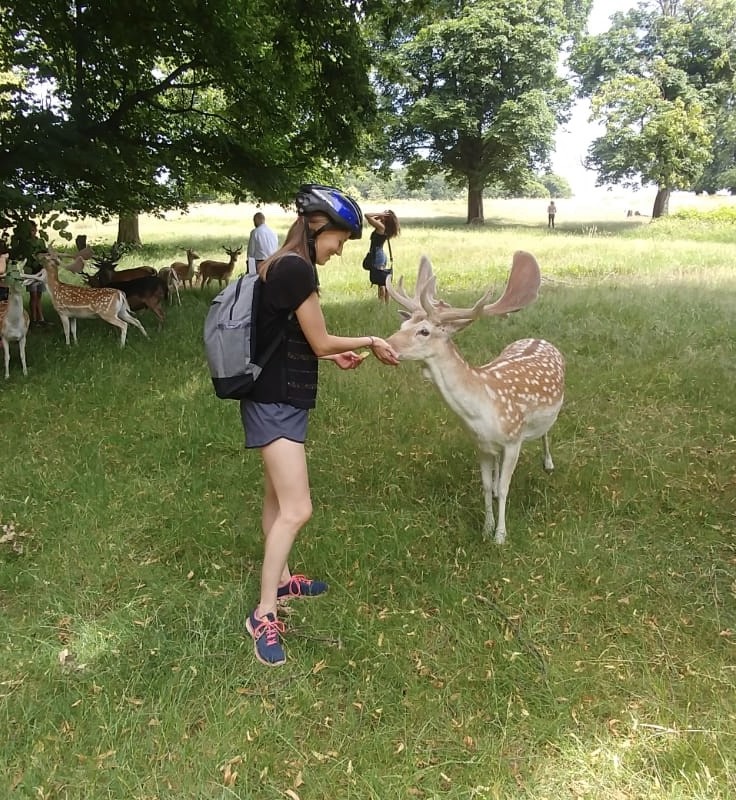

Photo Credits: Maddi Bazzocco Hulki Okan Tabak
